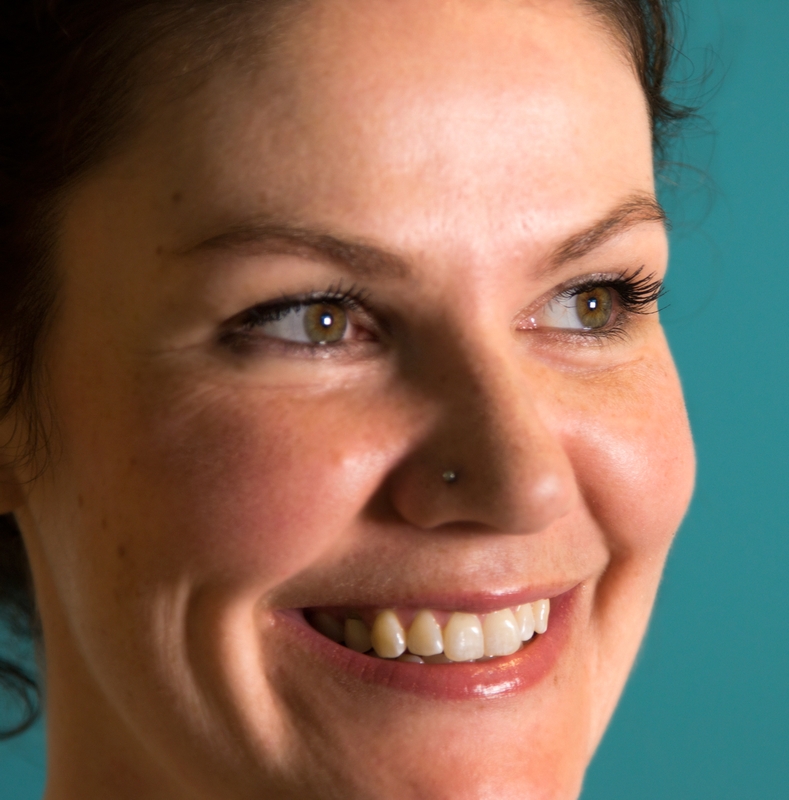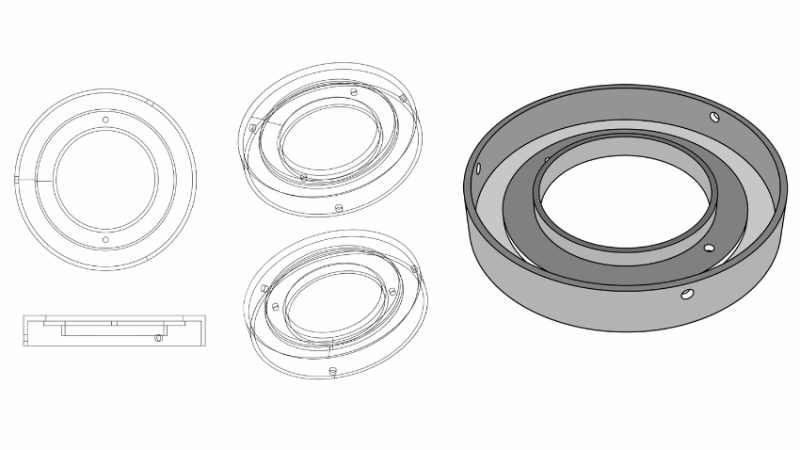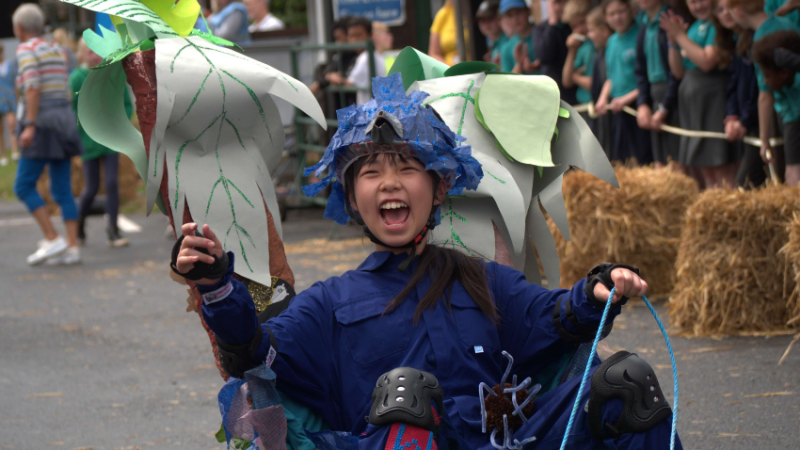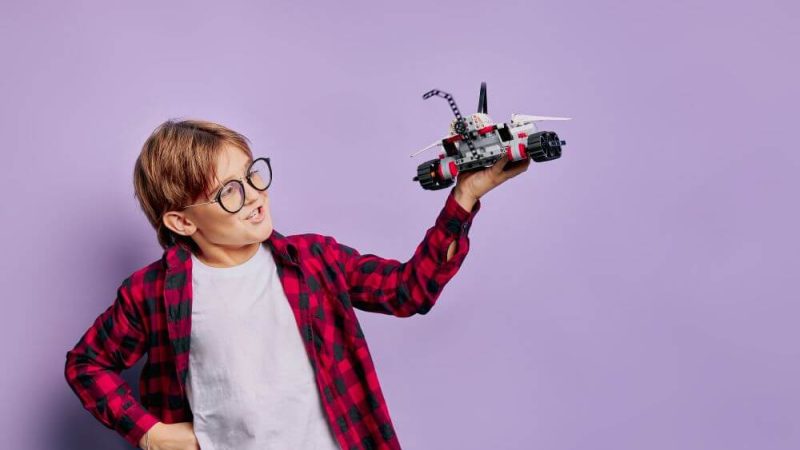To Solve Tomorrow’s Problems, We Need To Make STEM More Engaging For Today’s Learners
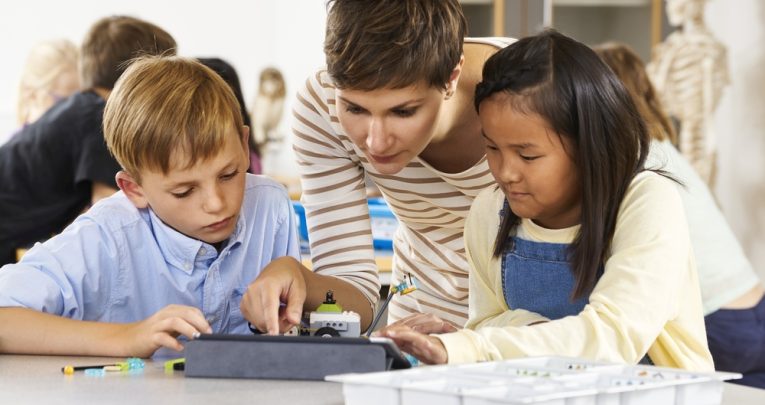
Jessica Clifton from LEGO Education explains how teachers can get children involved with hands-on science and arm them with the skills needed for a successful future…
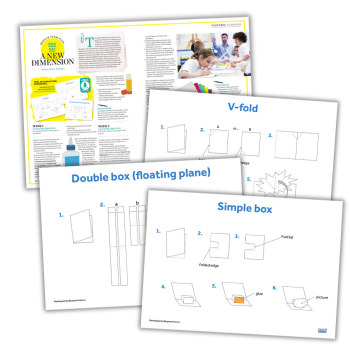
Today’s pupils are the change-makers of tomorrow – but they are often not aware of the potential career paths they could follow, or their capability to innovate.
There are 1 billion children currently living in poverty. 1.6 billion people are without electricity. Over 750 million people lack adequate access to clean drinking water. Challenging though these and other global issues are, it often takes just one good idea or breakthrough to make a critical difference – and the first step towards doing this is ensuring today’s pupils are able to realise their potential and see that they are capable of achieving great things.
STEM subjects, however, are often seen as ‘boring’. The nature of the curriculum means that a great deal of the work is theoretical, involving teachers trying to show how the world works on paper or a screen, rather than encouraging active enquiry. Children are naturally curious and enjoy exploring the world around them – their imagination is often their greatest resource – so for children to really engage with STEM subjects, it makes sense for teachers to make the classroom creative, while showing them the relevance of what they’re learning in a real-world context.
More than ticking boxes
Hands-on, practical lessons enable children to understand far better the practical applications of the theories behind subjects, than when they simply write formulas and draw diagrams. Implementing a cross-curricular approach within this also helps to demonstrate the links between subjects, allowing children to see where their skills can be used in other activities and lessons.
At LEGO Education, we developed WeDo 2.0 to give pupils the opportunity to get hands-on with their learning by letting them explore concepts and design their own solutions to problems in subjects including evolution, earth and space, engineering and physical science.
With the ever-changing and increasing measures for assessments, teachers can often find it challenging to step away from the “ticking boxes” element of the national curriculum. Yet, this hands-on approach to learning, where pupils are able to enjoy being taught and appreciate the importance of the subject, actually helps them to learn better.
Skills for life
Teamwork, confidence, communication, resilience, creativity and problem-solving are just some of the key skills that are highly valued by employers and essential in 21st century jobs. Being able to work confidently as part of a team and communicate ideas is important, as it is through the integration of a variety of talents that truly innovative concepts can grow.
In the classroom, getting pupils to work together in teams during practical activities often results in some exciting outcomes and progress. This is because it brings together a multitude of talents and encourages cooperation and resilience. For example, one pupil may be more confident in computer programming, whereas another may have a mind for engineering and how machines work. Therefore, when tasked to work together to design a solution to a global issue for example, they must learn to collaborate and use their talents to devise an answer.
It’s unlikely that their first attempt at creating a solution will be successful; often; ideas will be tested and retested. However, this is all part and parcel of STEM, so showing children that failure is a part of this path to success is essential; it increases their resilience by enabling them to address their weaknesses and develop strategies to overcome them.
There is never only one right answer, so getting hands-on with real-world STEM problems – whether independently or working as a team – allows pupils to explore issues surrounding the topic and design solutions that they may never have thought of if simply taking notes, while also developing those all-important life skills.
A future in STEM?
As educators, there is nothing more exciting than seeing a pupil’s idea develop into something prosperous. However, engaging pupils in learning must often happen first in order to foster an enthusiasm and interest in the subjects being taught.
By enabling pupils to learn in a tangible way, they are able to develop a deeper understanding of the subject and the issues that surround it. More importantly, the ability to get hands-on and see real-world science first-hand will enable them to understand the possibilities and discover their potential.
Every student has the ability to make a difference in scientific projects in the classroom and perhaps, looking even further ahead to the future, to real-life global issues. Giving learners the chance to be inspired and enthralled during lessons will not only boost attainment, but may also lead to aspirations of a career in STEM.





